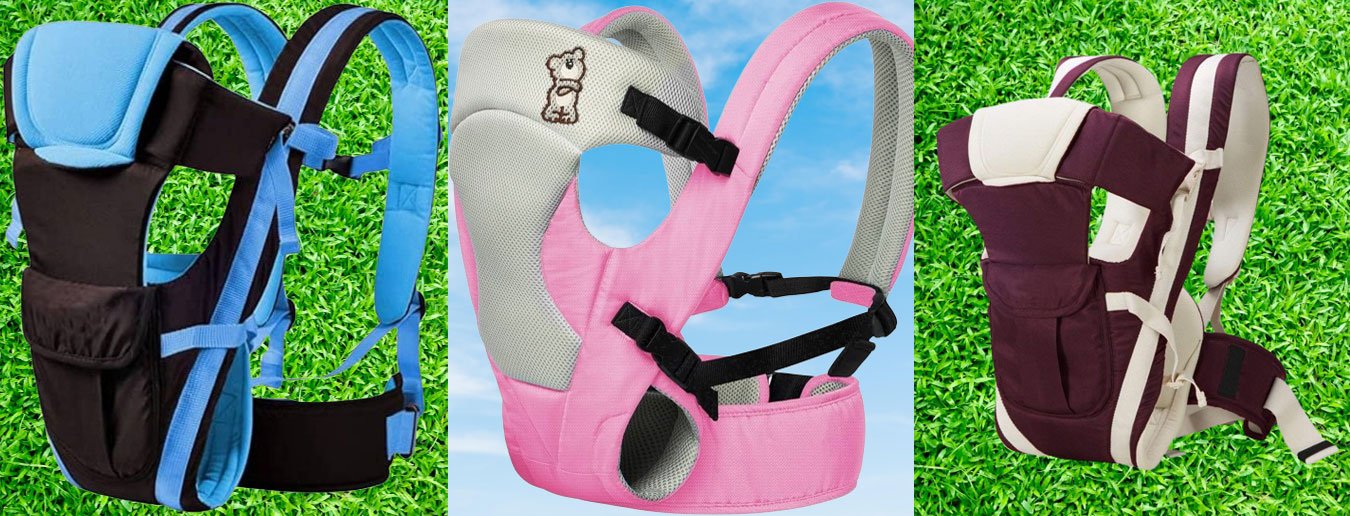As an Amazon Associate, I earn from qualifying purchases
When Can You Carry Your Baby on Your Back?
Carrying your baby on your back can be a convenient and comfortable way to keep your little one close while still having your hands free for other tasks. But knowing when it’s safe to start wearing your baby on your back is essential for both you and your little one’s safety and comfort. In this informative guide, we’ll explore the factors to consider and the best practices for carrying your baby on your back, along with introducing you to affiliate products that can enhance your baby wearing experience.
Understanding Baby Development
Before diving into when you can carry your baby on your back, it’s crucial to understand your baby’s development and readiness for this type of baby wearing. Generally, most experts recommend waiting until your baby has strong neck and head control, usually around 6 months of age. This milestone indicates that your baby’s muscles and skeletal system are developed enough to support themselves in an upright position and maintain proper airflow while being carried on your back.
Read More
How To Organize A Toy Drive
How to Mount Baby Monitor on Wall
Why Do Babies Sleep on Their Knees?
Consider Your Baby Carrier
When it comes to carrying your baby on your back, the type of carrier you use plays a significant role in safety and comfort. Look for carriers specifically designed for back carrying, such as structured carriers or woven wraps with back carry variations. These carriers provide proper support for your baby’s spine and hips while distributing their weight evenly across your back and shoulders. Ensure that the carrier is adjusted correctly and that your baby is positioned securely with their airways clear and visible.
Safety Precautions
Safety should always be the top priority when carrying your baby on your back. Before attempting a back carry, practice with a spotter or in front of a mirror to ensure that you’re comfortable with the process and can safely position your baby. Check the carrier’s weight limits and follow the manufacturer’s guidelines for use, including proper positioning and secure fastening of straps and buckles. Regularly inspect your carrier for signs of wear and tear, and discontinue use if any defects are present.
Conclusion
Carrying your baby on your back can be a rewarding and bonding experience for both you and your little one, but it’s essential to wait until your baby is developmentally ready and to prioritize safety at all times. By understanding your baby’s milestones, choosing the right carrier, and following safety precautions, you can enjoy the benefits of back carrying with confidence and peace of mind.
As an Amazon Associate, I earn from qualifying purchases




